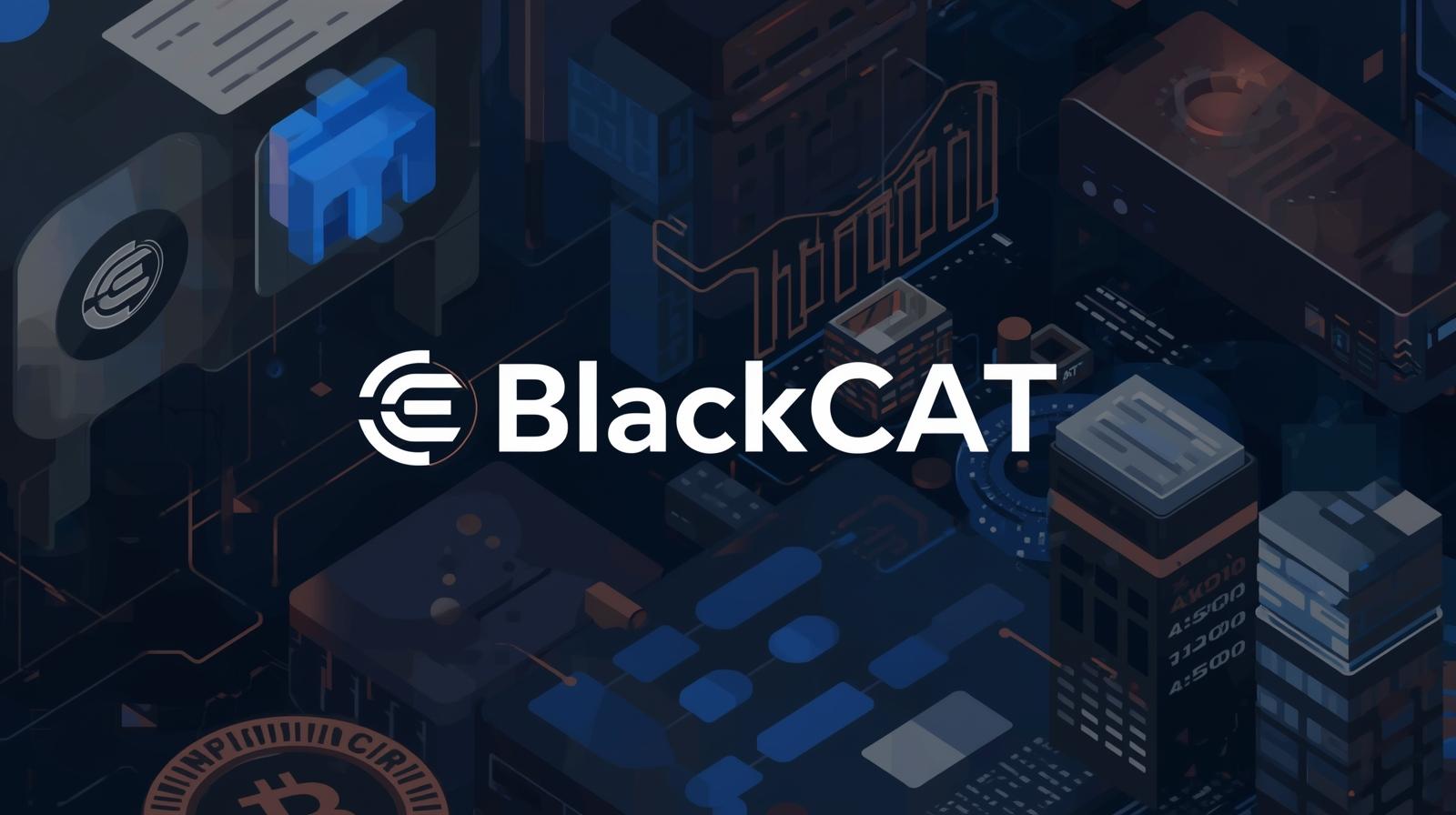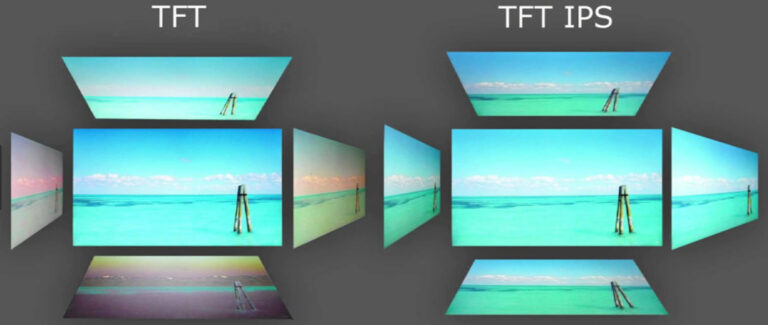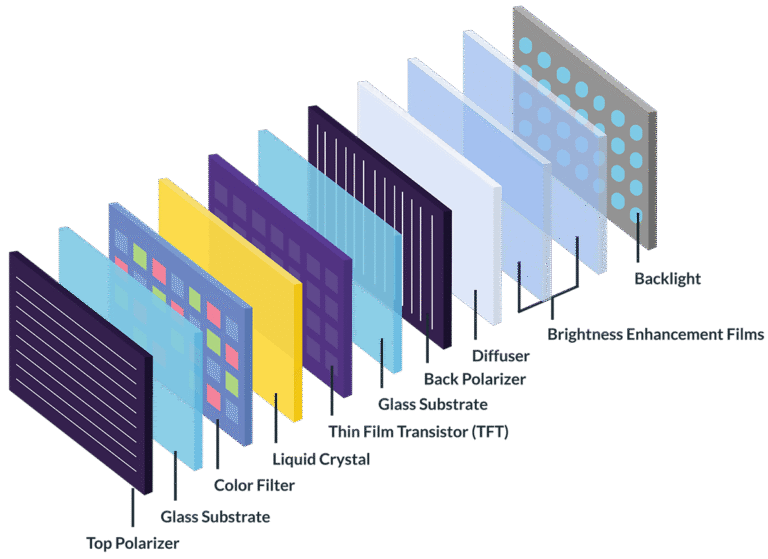
Introduction
Branding in fintech isn’t just about logos, colours, or UX smoothness anymore. Increasingly, users judge fintechs by what their websites signal about transparency, trust, control, and inclusivity. The blackcat website is interesting because it illustrates many of these signals clearly. In exploring what it does, we can see what people are coming to expect—and what other fintechs will need to match or exceed.
Signals That Matter: What Users Look for Before They Sign Up
When someone lands on a fintech site like blackcat, they often have mental “checklist” items in their head—even if they don’t articulate them:
- Regulatory legitimacy — Who licenses the service? Where is it based? What legal disclosures are present?
- Cost clarity — What’s free? What costs might apply under less‑common scenarios (non‑euro spending, cryptotransactions, card issuance)?
- Service availability and limitations — Regions served, what services are virtual vs physical, what verification you’ll need, how long delivery takes.
- Security & user control — How do I freeze a card? How is data handled? What happens if something goes wrong?
The blackcat website addresses many of these clearly: it displays licensing, payment card info, crypto‑wallet terms, card control options etc. It doesn’t hide backgrounds or “fine print” deep in a PDF, but integrates many of these disclosures into user‑facing pages. This reduces friction for people sensitive to risk or overpromising.
Structuring Information for Different Kinds of Visitors
Fintech websites today need to serve many audiences: everyday users, crypto curious, international clients, people wanting cost comparisons. A good site arranges content so people can self‑select based on what they care about, rather than throwing everything at them at once.
On blackcat, there are distinct sections for:
- Banking / IBAN / accounts
- Cards (virtual & physical)
- Crypto wallet / services
- Fees, legal, and compliance
This separation helps a visitor: e.g. if you just care about getting a European IBAN or a virtual card, you can quickly find that; if you care about crypto, there’s a dedicated space. This modular content strategy is becoming a standard for fintech sites targeting varied audiences.
Design Aesthetics That Build Trust
Visual and UX design aren’t just about “making things pretty.” For finance, especially digital finance, design plays a key role in establishing psychological comfort. Some design cues that blackcat uses, or could be seen to use effectively:
- Use of clean layouts, readable typography, clear headings for fees and support.
- Icons or visual markers for features like “free IBAN”, “no hidden fees”, “crypto wallet” — these help prospective users scan fast.
- Prominent display of support or help options (help centre, legal, customer service) so people know they can get answers.
- Mobile‑friendly, responsive design — many users will first explore on mobile devices.
These design choices contribute to trust: people tend to associate polished, well‑structured sites with reliability. Conversely, opaque or messy layouts trigger skepticism, especially around money.
Transparency vs Marketing Hype: Balancing Enthusiasm and Reality
A key tension in fintech branding is between the pitch (“we are borderless” / “we are all in one”) and the operational realities (some features not in certain countries, delays, fees on edge cases, verification requirements). How a site addresses that tension tells a lot about how serious and user‑oriented it is.
From what’s visible, blackcat includes disclaimers about where physical cards can be delivered, what legal entity issues are, what regulatory status is, etc. It doesn’t (from observations) completely avoid mentioning limitations. That’s helpful. Users increasingly value platforms that don’t hide what they can’t do or where policies might affect them. A website that over‑promises often pays later in negative reviews or mistrust.
Lessons Other Fintechs Could Learn from blackcat’s Website
From examining blackcat, here are a few lessons that seem useful for fintechs designing or refining their brand websites:
- Always show regulatory/licensing info in a visible place; don’t bury it in the footer alone.
- Separate service categories so that different user needs can be addressed quickly (crypto vs banking vs cards vs transfers).
- Include cost tables or at least summaries of what is free vs charged, especially for edge cases (non‑euro spend, external transfers, card shipping).
- Make card control, transaction history, support easy to find in the navigation.
- Be upfront about region‑based service limitations: where features are available or restricted.
What This Means for Users Choosing a Fintech
Given how websites like blackcat are structured, users should come in with some clarity about what they want, and then check criteria that matter. For example:
- If you travel or spend in non‑euro, what are the foreign transaction fees and how clearly are they shown?
- If you plan to use crypto, how transparent is the crypto conversion, what limits or extra fees are disclosed?
- If you’re not EU/EEA resident, can you still get full features? What verification or address proof is required?
- How responsive is support? If you have a question or problem, is it obvious from the site how to get help (not hidden in a legal document)?
Conclusion
The blackcat website exemplifies many of the design and communication strategies that are becoming essential in modern fintech branding: transparency, modular information, visible regulation, user control, and clarity about what is and isn’t included. For users, this means less guesswork and fewer surprises. For competing fintechs, it means raising the bar: people expect not just innovative features, but clear presentation, honest disclosures, and design that respects their need for both efficiency and security.




